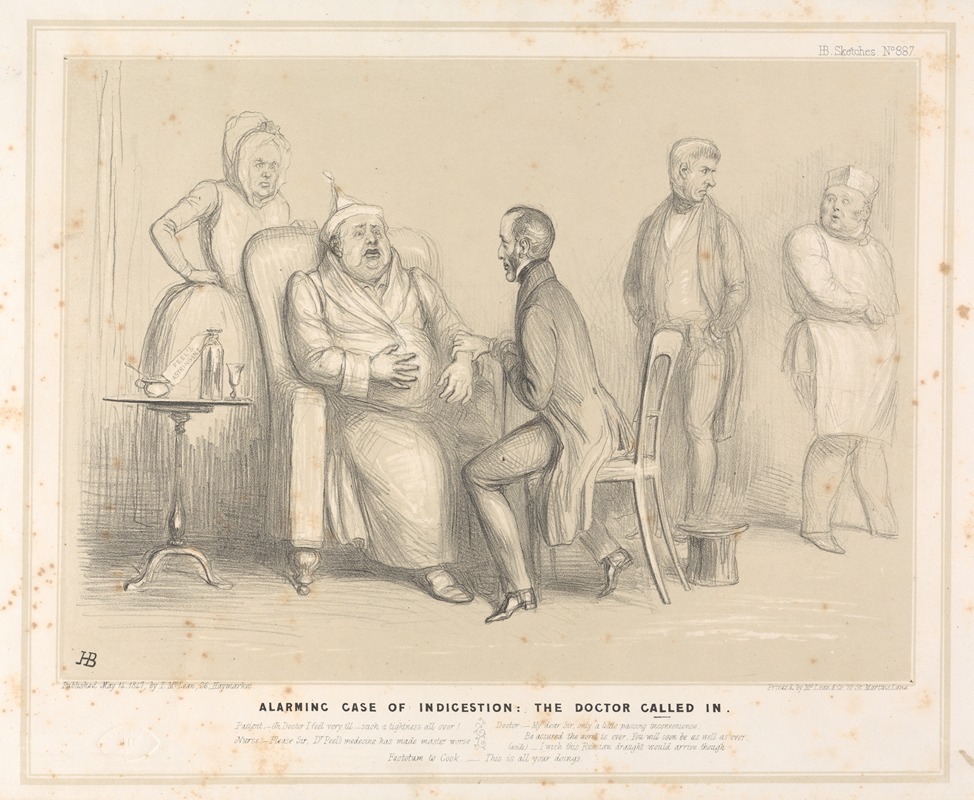
Case-control studies are a cornerstone of population research, offering insights into the factors that may contribute to the occurrence of diseases or conditions. These studies are particularly invaluable in understanding rare diseases or outcomes that take a long time to develop. This Epi Explained provides a detailed overview of case-control studies, including their design, advantages, disadvantages, and real-world applications.
Introduction to Case-Control Studies
At its core, a case-control study is a type of observational study where two groups of individuals are selected based on the presence (cases) or absence (controls) of a particular disease or outcome. Researchers then look backward in time to assess the exposure to suspected risk factors or interventions among these two groups. The objective is to determine if there is an association between the exposure and the disease by comparing the exposure rates between cases and controls.
Key Variables in Case-Control Studies
- Cases: Individuals who have the disease or outcome of interest.
- Controls: Individuals who do not have the disease or outcome of interest.
- Exposure: The factor(s) being investigated as a potential cause of or association with the disease or outcome.
Designing a Case-Control Study
The design phase of a case-control study is critical for ensuring its validity and reliability. Here’s a breakdown of the essential steps:
Selection of Cases and Controls
- Cases are typically selected based on specific diagnostic criteria to ensure that they indeed have the disease or outcome of interest.
- Controls should be as similar as possible to cases but without the disease or outcome. They can be drawn from the same community or hospital, depending on the study design.
Assessment of Exposure
Exposure information is usually collected through interviews, medical records, or questionnaires. It’s crucial that the assessment of exposure is conducted without knowing the case or control status of the participants to reduce bias.
Matching
Matching is a technique used to control for confounding variables by selecting controls that are similar to cases in terms of certain key characteristics (e.g., age, gender, or other factors not under study).
Advantages of Case-Control Studies
- Efficiency: Particularly useful for studying rare diseases or diseases with a long latency period since they start with the outcome and require fewer subjects.
- Cost-effectiveness: Less expensive and quicker to complete than cohort studies or randomized controlled trials, especially when the outcome is rare.
- Feasibility: Can investigate multiple exposures or risk factors for a single disease.
Disadvantages of Case-Control Studies
- Temporal ambiguity: It can be difficult to determine whether the exposure preceded the disease (cause and effect) due to the retrospective nature.
- Selection bias: Improper selection of cases and controls can lead to biased results.
- Recall bias: Cases may remember their exposures more clearly or differently than controls, affecting the reliability of the findings.
Calculating Odds Ratios
One of the key statistical tools used in case-control studies is the odds ratio (OR), which measures the odds of exposure among cases relative to the odds of exposure among controls. The formula for calculating the odds ratio, as well as a full breakdown of what Odds Ratios can be seen in an earlier Epi Explained, or if you’d like, we also have how to do ORs in R and Python as well.
Real-World Applications
Case-control studies have been instrumental in identifying risk factors for various diseases. For instance, the landmark British Doctors Study, which was a case-control study, established the link between smoking and lung cancer. Such studies continue to be crucial in public health research, guiding preventive measures and policy decisions.
Conclusion
Case-control studies are a vital part of the public health toolkit, enabling researchers to identify and understand the risk factors for diseases or conditions. Despite their limitations, when designed and conducted properly, they provide valuable insights that can inform public health strategies and medical guidelines.
By grasping the fundamentals of case-control studies, including their design, execution, and analysis, we can better appreciate the challenges and rewards of uncovering the factors that influence health and disease across populations.
Humanities Moment
The featured image for this Epi Explained is “Alarming Case of Indigestion: The Doctor Called In” (1847) by John Doyle (Irish, 1797 – 1868). John Doyle, better known by his pen name H.B., was an influential Irish political cartoonist and caricaturist who gained recognition in the early 19th century. He initially trained as a painter, notably producing equestrian portraits and landscapes before transitioning to political cartoons in 1827. Doyle’s work, characterized by subtle humor and accurate depictions, was widely popular in his time, and he played a crucial role in the foundation of British cartoon satire, influencing the style later epitomized by publications like Punch magazine. Despite his success during his lifetime, his reputation declined posthumously, although he left a significant legacy, including influencing his grandson, Sir Arthur Conan Doyle.
